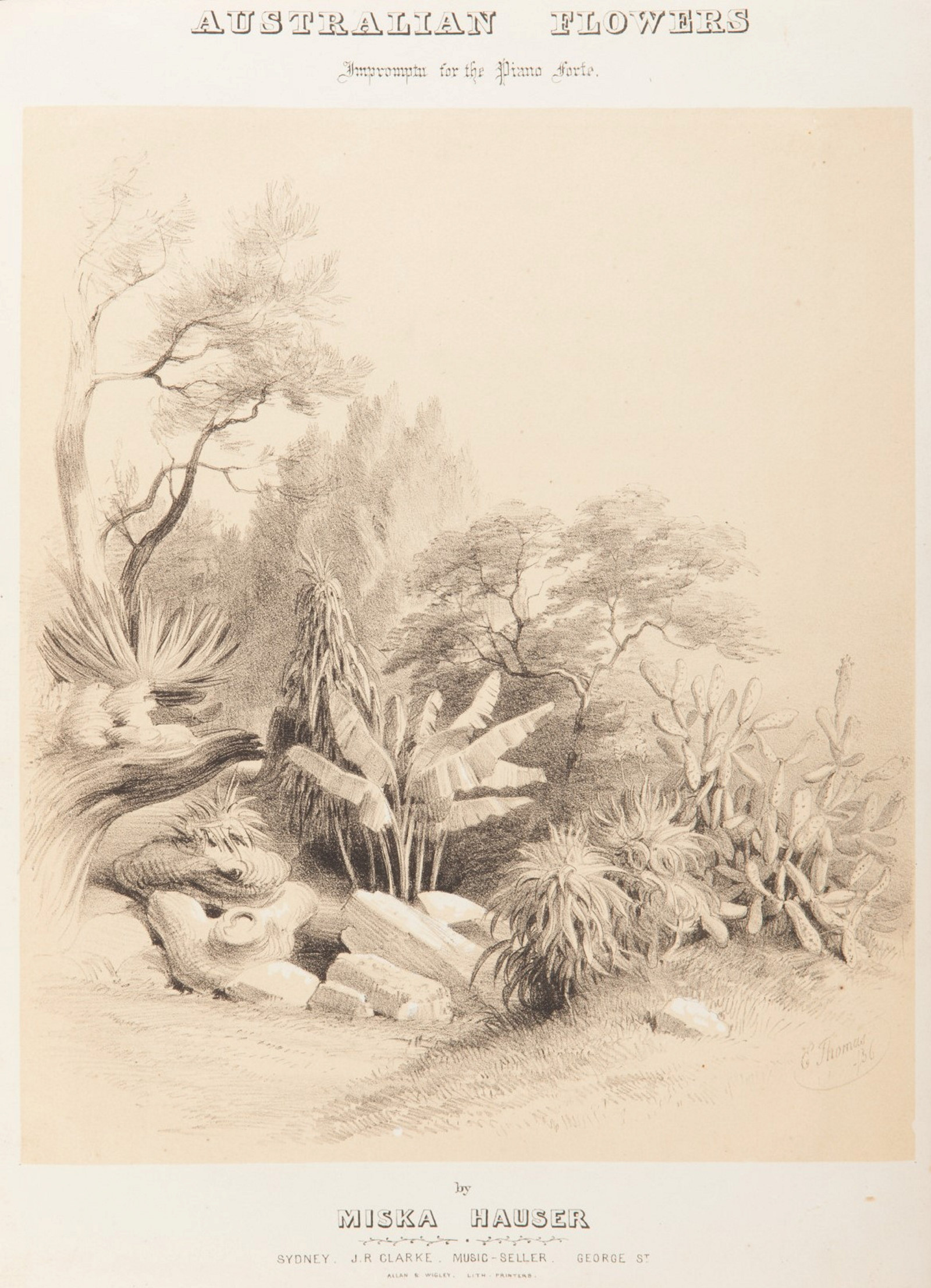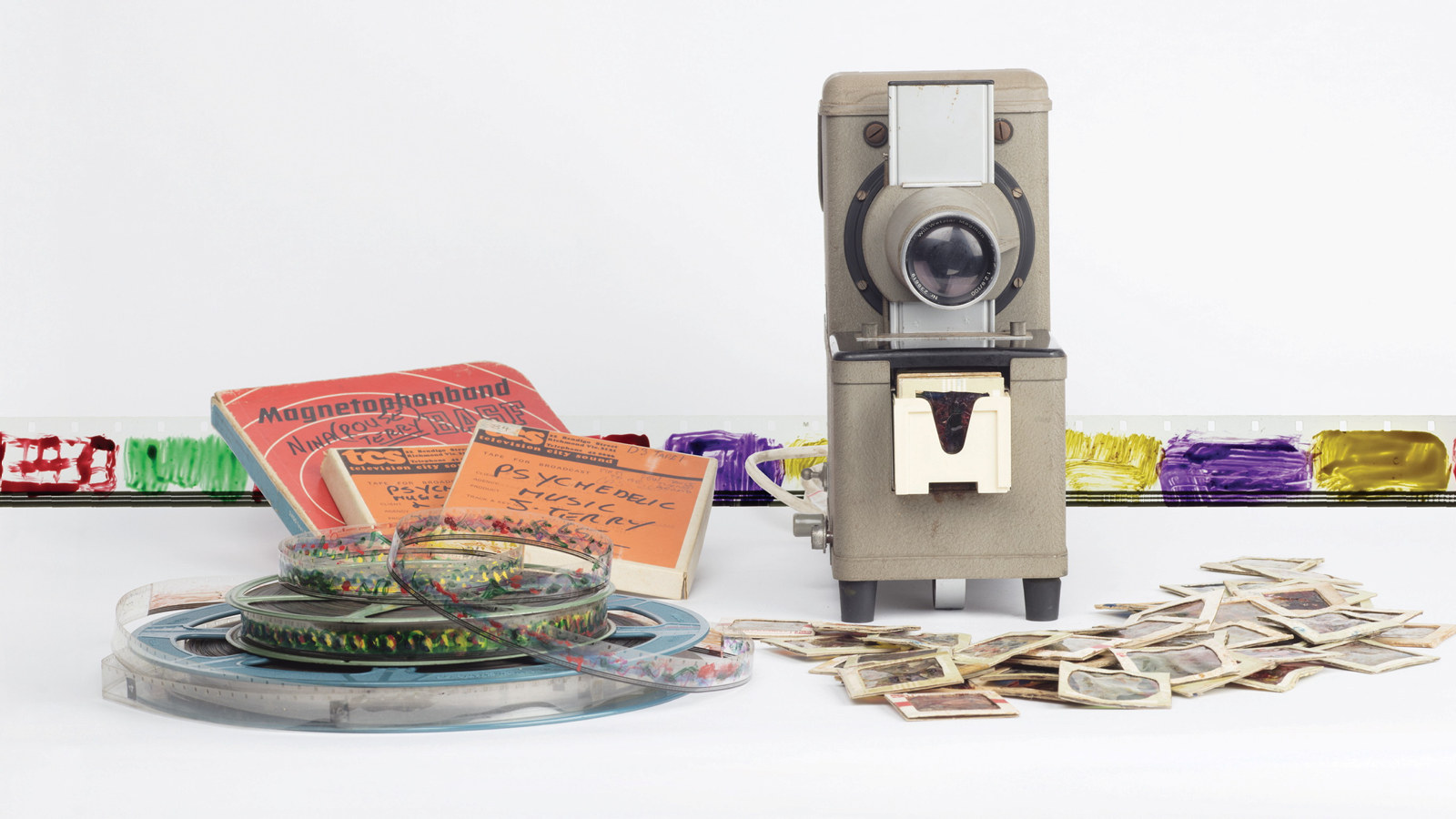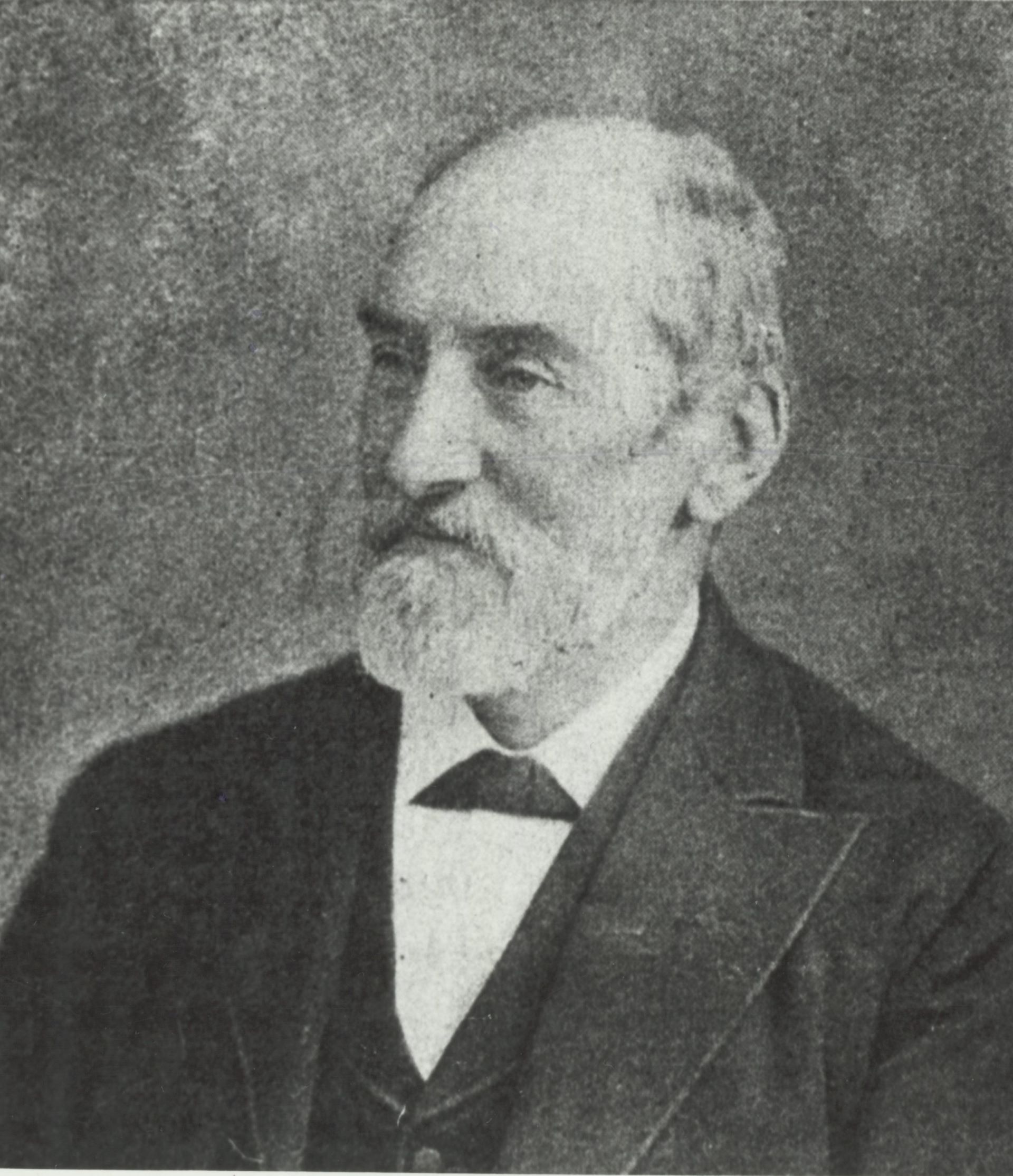Music making in historic houses
A new short film, 'Sweet Noise: Making Music at Vaucluse House', documents preparations for a musical performance in one of our historic houses.
Each of us carries in our head a portable jukebox – a collection of favourite pieces of music – that at any moment may start to play. These are the tunes we have collected over our lives and may include the latest hit we’ve heard on a passing car radio or music associated with some of those bigger emotional moments we experience. While each of our playlists is different and may have very personal associations, we are all influenced by the times we live in. Regardless of how original we perceive our musical taste to be, all of us are affected by fashion, technology, education and social structure.
Try to imagine taking your personal jukebox into the ornate and gilded drawing room of an historic house, like Vaucluse House, and then press ‘play’. What piece will come to mind? Whatever your musical choice, it is unlikely to bear any resemblance to the tunes in the heads of the Wentworth family who lived in the house between the late 1820s and early 1860s. It is possible that there may be one or two tunes in common but you would not recognise most of the music this family had experienced while living in their Sydney home. How then do we recreate the musical world of our historic houses?
Curators and heritage staff at MHNSW interpret these historic properties, interiors and gardens through extensive research and with a finely honed expertise. This interpretation includes grappling with the less tangible elements of a house’s history such as the making and use of food and the plantings in its gardens. Similarly, we can uncover the sound heritage of early Sydney through the instruments, sheet music and archival accounts belonging to a number of our properties.
'Sweet Noise: Making Music at Vaucluse House' documents the musical preparation for a major public event at Vaucluse House with Matthew Stephens, research librarian at MHNSW, Ron Overs, piano technician, and James Doig, pianist. Matthew talks about how and why he selected two Australian piano pieces from the 1850s, ‘The City of Sydney Polka’ and ‘Australian Flowers’, while Ron demonstrates his conservation technique on an 1860s Collard & Collard grand piano, and James discusses and performs the two pieces on the newly restored piano as he prepares for the performance.
Published on
Related
Browse all![Owner bound volume of assorted songs, in the collection of Rouse Hill House & Farm, 1850-1864. [music]](https://images.slm.com.au/fotoweb/embed/2023/10/615fb53b45ca4bfb8d979b01993be8c3.jpg)
‘Home! Sweet Home!’
It may come as a surprise that the expression ‘home, sweet home’ originates from a song title

'Australian Flowers'
Given that much of the music played in Australia in the 19th century had been imported, one might ask what constituted an ‘Australian’ piece of music?

1960s psychedelia at Rouse Hill House
In a short experimental period of music making, the talented young John Terry combined radical musical ideas with abstract imagery and the soundscape of Rouse Hill House

On This Day
30 Nov 1878 - 'Advance Australia Fair' first performed
On 30 November 1878 Advance Australia Fair was performed for the first time.
